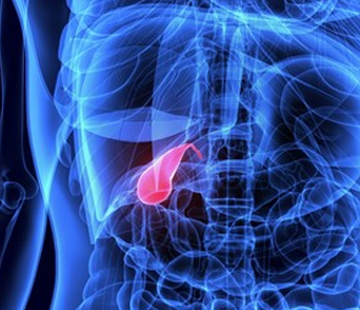Symptoms

Symptoms
Choledochal Cysts are a group of congenital anomalies of the biliary system that can affect the extrahepatic (outside the liver) and/or intrahepatic (inside the liver) bile ducts. Although the exact cause of these cysts is not yet fully understood, they are believed to result from developmental abnormalities in the bile ducts.
The signs and symptoms of Choledochal Cysts are usually caused by the obstruction of the bile ducts, which can lead to the accumulation of bile in the liver and the development of complications such as cholangitis, pancreatitis, and biliary cancer. Some common signs and symptoms of Choledochal Cysts include:
- Jaundice: Yellowing of the eyes and skin due to the accumulation of bilirubin in the body
- Abdominal pain: Pain in the upper right quadrant of the abdomen that may be dull or sharp in nature
- Pale, yellow, or clay-colored stools: These changes in stool color may occur due to a reduction in the amount of bile that is being secreted into the intestines
- Fever: A fever may be present due to the presence of an infection in the biliary system
- Nausea and vomiting: These symptoms may occur due to the obstruction of the bile ducts and the accumulation of bile in the stomach.
Diagnosis of Choledochal Cysts typically involves imaging studies, such as ultrasound, CT scan, or magnetic resonance cholangiopancreatography (MRCP). Endoscopic retrograde cholangiopancreatography (ERCP) may also be used to diagnose and treat the condition.
Treatment options for Choledochal Cysts depend on the severity of the condition and the presence of symptoms. In some cases, asymptomatic patients may not require treatment. However, in symptomatic patients, treatment may involve surgical resection of the affected portion of the bile ducts or liver transplantation. Close follow-up with imaging and surveillance for potential complications is crucial for long-term management.
In summary, Choledochal Cysts are congenital anomalies of the biliary system that can affect the extrahepatic and/or intrahepatic bile ducts. The signs and symptoms of Choledochal Cysts are usually caused by the obstruction of the bile ducts, and they may include jaundice, abdominal pain, changes in stool color, fever, and nausea/vomiting. Early diagnosis and prompt management are essential for preventing complications and improving outcomes.